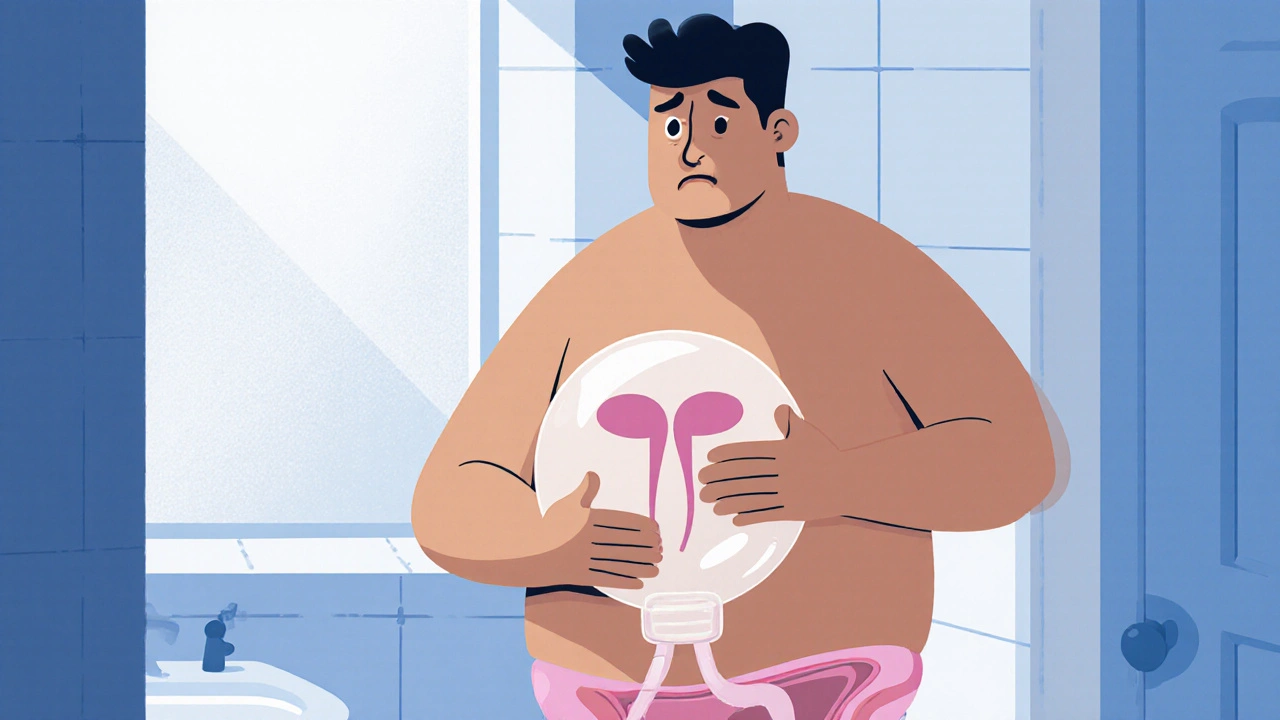Bladder Control
When talking about bladder control, the ability to store and release urine at appropriate times. Also known as urinary continence, it involves coordination between the bladder muscle, sphincters, and nervous system. Two common challenges are urinary incontinence, unintended leakage of urine and overactive bladder, a sudden urge to urinate that’s hard to control. Understanding how these conditions relate to bladder control helps you pick the right lifestyle tweaks or medical options.
Key Factors for Maintaining Bladder Control
Effective bladder control requires strong pelvic floor muscles, so many experts recommend pelvic floor exercises—often called Kegels—to boost muscle tone. These exercises influence the sphincter’s ability to stay closed, which directly improves continence. Another pillar is bladder training: scheduling bathroom trips, gradually extending intervals, and noting urgency patterns. This method reduces the frequency of sudden urges and can even lessen the need for medication. Speaking of meds, anticholinergic drugs, beta‑3 agonists, and topical estrogen each modify bladder muscle activity to calm overactive signals.
Age, weight, and lifestyle habits also play big roles. Excess weight puts pressure on the bladder and pelvic floor, making leaks more likely. Caffeine and alcohol can irritate the bladder lining, triggering urgency. Managing fluid intake—spreading drinks throughout the day instead of gulping large amounts—helps the bladder fill at a steady rate, which supports better control. For many, a combination of diet tweaks, weight management, and regular exercise creates a solid foundation before any prescription is considered.
When conservative steps fall short, doctors may suggest specific treatments. For urinary incontinence, topical estrogen can strengthen urethral tissue in post‑menopausal women, while urethral inserts provide a mechanical barrier for stress leaks. Overactive bladder often responds to prescription pills that relax the detrusor muscle, and in refractory cases, nerve stimulation therapy offers an alternative by sending mild electrical pulses to the sacral nerves. Each option connects back to the core goal: restoring reliable bladder control without compromising quality of life.
Beyond medical and physical approaches, mental health matters too. Stress and anxiety can amplify the perception of urgency, creating a feedback loop that worsens symptoms. Mindfulness techniques, breathing exercises, and even simple distraction methods during a sudden urge can calm the nervous system and give the bladder a chance to hold. Recognizing that the brain‑bladder connection exists empowers you to address both the physical and emotional sides of the problem.
Below you’ll find a curated set of articles covering everything from timing your thyroid meds around iron supplements to detailed drug comparisons, all tied to the theme of bladder control. Whether you’re looking for practical exercises, medication guidance, or lifestyle hacks, the collection offers actionable insights you can start using right away.
Pelvic Floor Exercises for Urinary Retention: How They Help & Simple Guide
Learn how pelvic floor exercises strengthen the muscles that control urine flow, reduce urinary retention, and improve bladder health with practical steps and tips.

